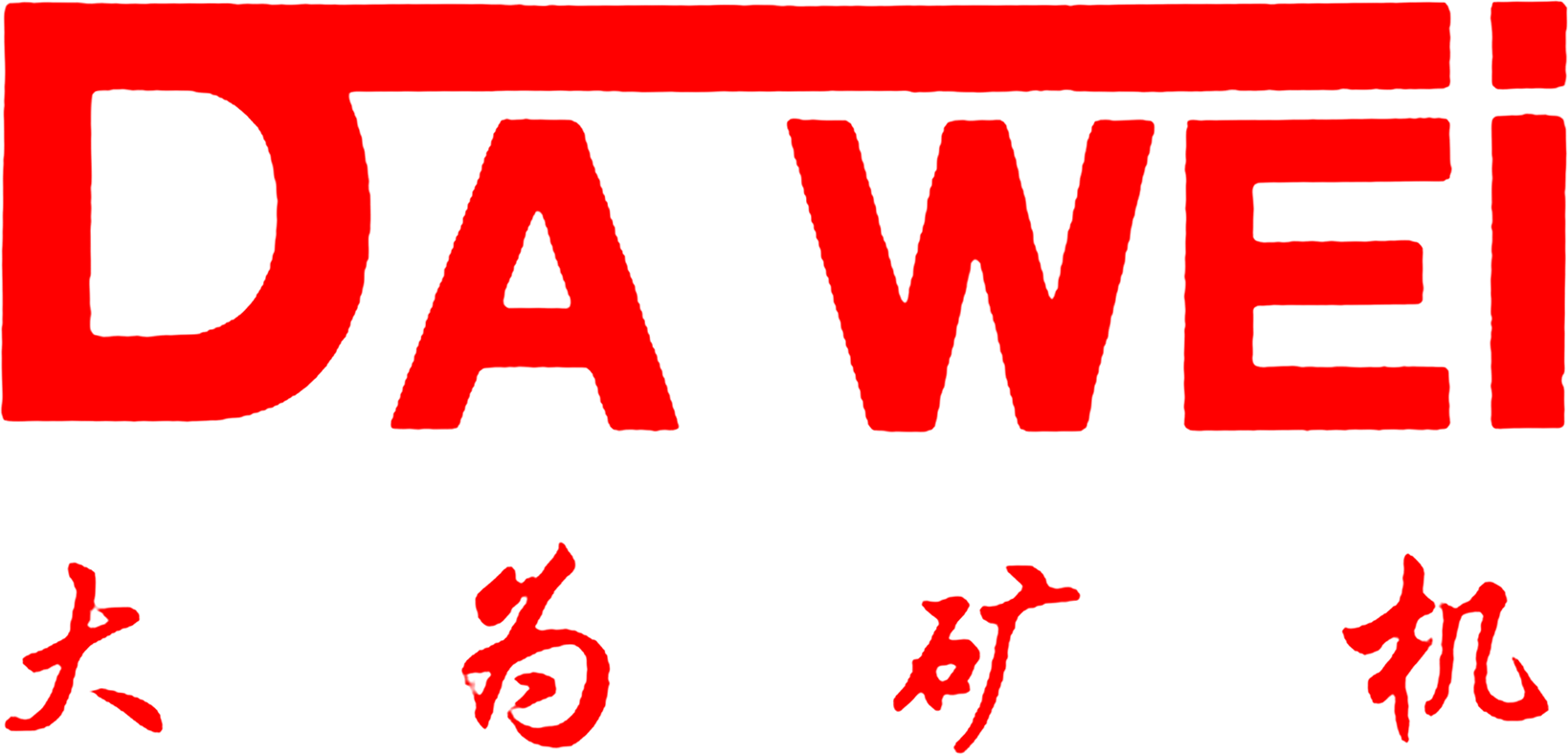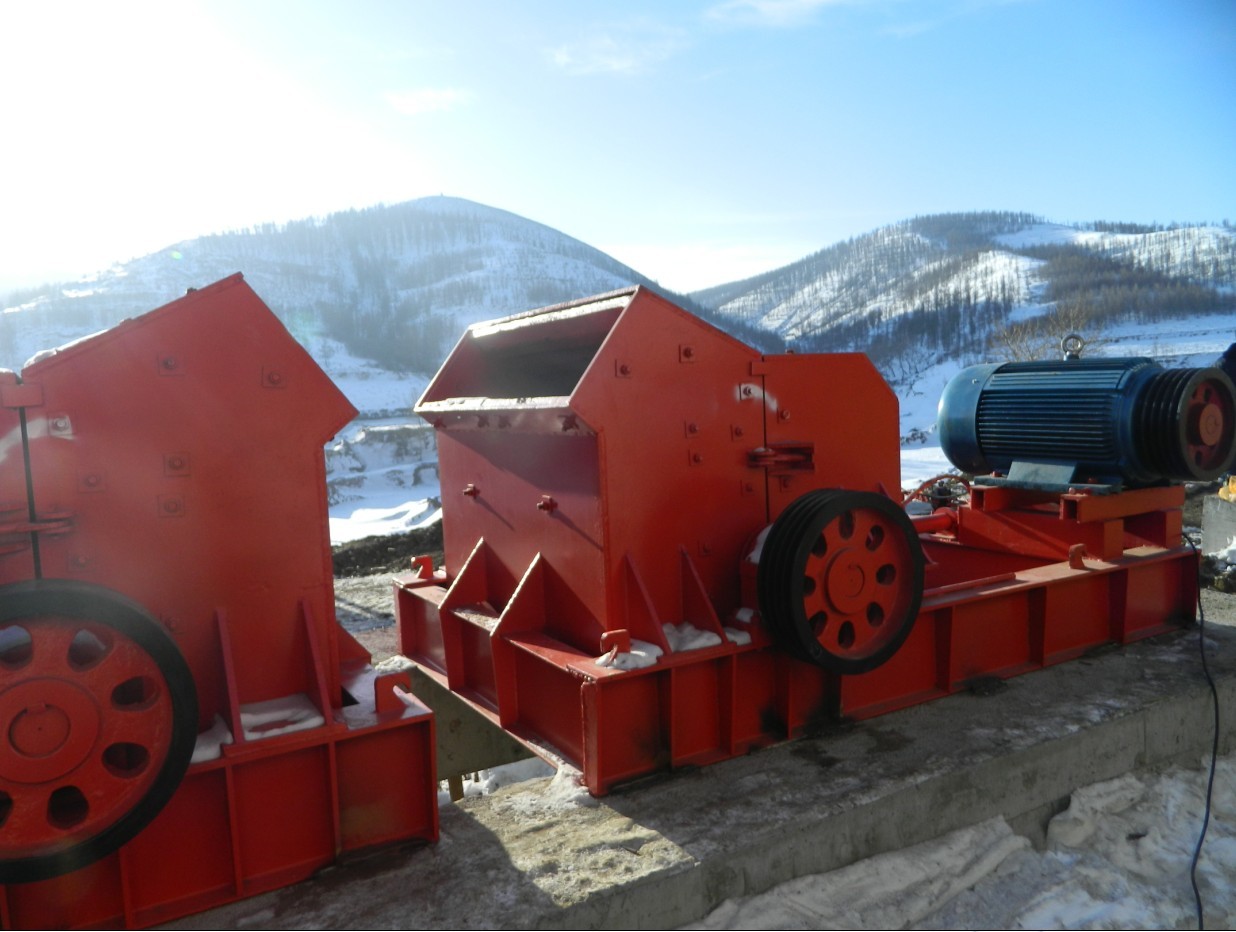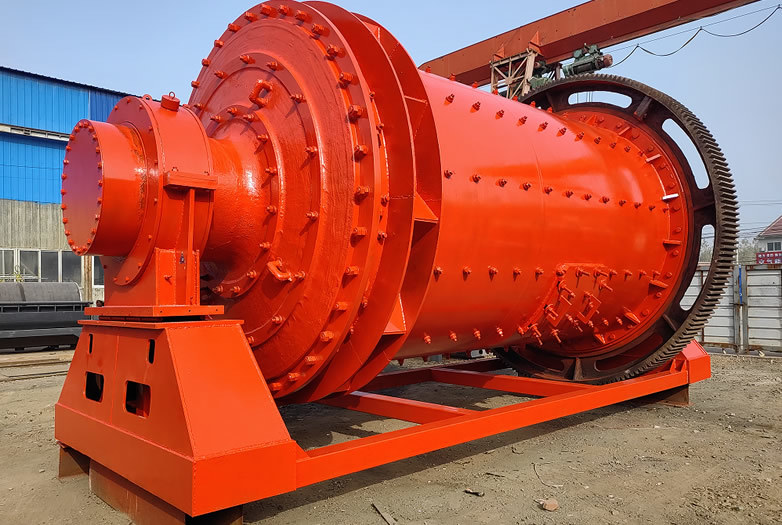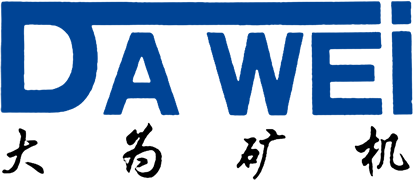Main components of the jaw crusher
Release time:
2019-12-24
The frame is a rigid structure with openings at the top and bottom, used to support the eccentric shaft and withstand the reaction force of crushed materials. It requires strength and rigidity, generally made of cast steel through integral casting, while high-quality cast iron can be used as a substitute for small machines. The frame of large machines needs to be cast in sections and then securely connected into a whole with bolts.
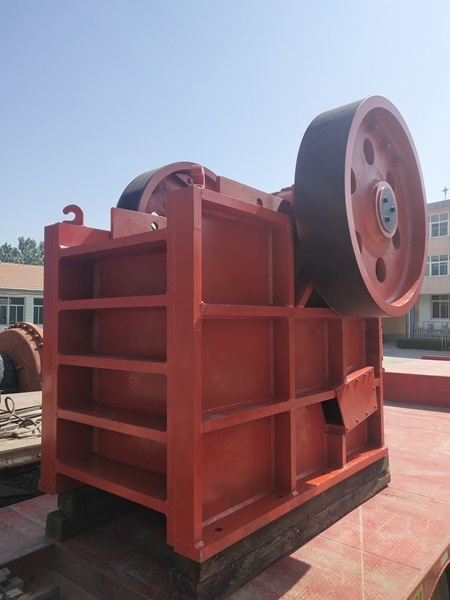
Frame
The frame is a rigid four-sided structure with openings at the top and bottom, used to support the eccentric shaft and withstand the reaction force of crushed materials. It requires strength and rigidity, generally made of cast steel. For smaller machines, high-quality cast iron can be used instead of cast steel. The frame of large machines needs to be cast in sections and then securely bolted together, making the casting process complex. The frame of a homemade small jaw crusher can also be welded from thick steel plates, but it has poorer rigidity.
Jaw plates and side guards
Both the fixed jaw and movable jaw consist of a jaw bed and jaw plates. The jaw plates are the working parts, fixed to the jaw bed with bolts and wedge irons. The jaw bed of the fixed jaw is the front wall of the frame, while the movable jaw's bed is suspended above; it requires strength and rigidity to withstand crushing reaction forces, so they are mostly made from cast steel or cast iron.
Transmission components
The eccentric shaft is the main shaft of the crusher, subjected to significant bending torque, made from high carbon steel. The eccentric part must be finely machined and heat-treated, with bearing liners poured using Babbitt alloy. One end of the eccentric shaft is fitted with a pulley, while the other end is fitted with a flywheel.





